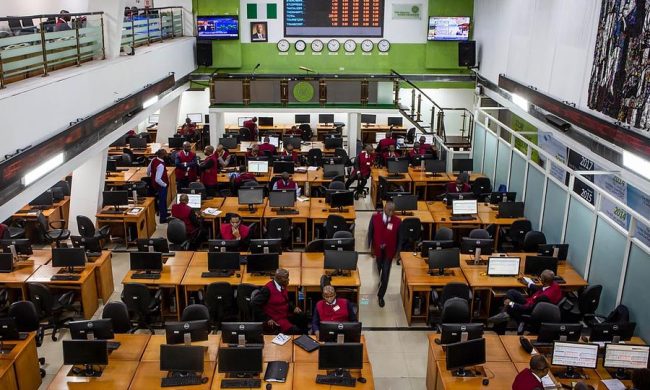Oil on Wednesday, May 30, dipped towards $75 a barrel, under pressure from expectations OPEC and its allies will pump more and as Italy’s political crisis increased investors’ aversion to risk.
Global benchmark Brent crude has dropped $5 from a 3 1/2-year high of $80.50 a barrel on May 17, after reports that OPEC and Russia may increase supply at a June meeting, reversing policy after 17 months of cutting supplies.
Brent LCOc1 was down 3 cents at $75.36 a barrel by 0842 GMT, after trading as low as $74.81 earlier. U.S. crude CLc1 was up 3 cents at $66.76.
“Take the specter of rising production from OPEC/non-OPEC and throw in a generous sprinkling of eurozone political turmoil and what do you get? In short, an exodus of oil bulls,” said Stephen Brennock of oil broker PVM.
“A dearth of bullish catalysts will make hard work of any recovery.”
Political turmoil in Italy has rocked financial markets, sending the euro to a 10-month low against the dollar on concern that a snap election would lead to a eurosceptic government in Rome.
A stronger dollar makes dollar-denominated commodities more expensive for holders of other currencies and tends to weigh on oil prices.
The Organization of the Petroleum Exporting Countries and non-OPEC producers led by Russia have had a pact to curb output by about 1.8 million barrels per day since January 2017. The cutbacks have largely removed excess global inventories.
Amid concerns the price rally has gone too far, Saudi Arabia and Russia are discussing raising OPEC and non-OPEC oil output by around 1 million bpd, sources told Reuters on May 25. OPEC meets in Vienna on June 22.
Still, some analysts sounded a note of caution as the details have yet to be worked out. Ministers from Saudi Arabia, Kuwait and the United Arab Emirates meet this weekend, a source said.
“The nature and magnitude of this effort – if it materializes – is not straightforward,” said JBC Energy. “Clarity will likely take some time to emerge, though there is an outside chance that more will be known by the end of the week.”
Lending some support to prices were expectations that U.S. crude inventories probably fell by 1.8 million barrels last week according to a Reuters poll.
Industry group American Petroleum Institute (API) releases its weekly supply report at 2030 GMT on Wednesday, followed by the official government data on Thursday.














